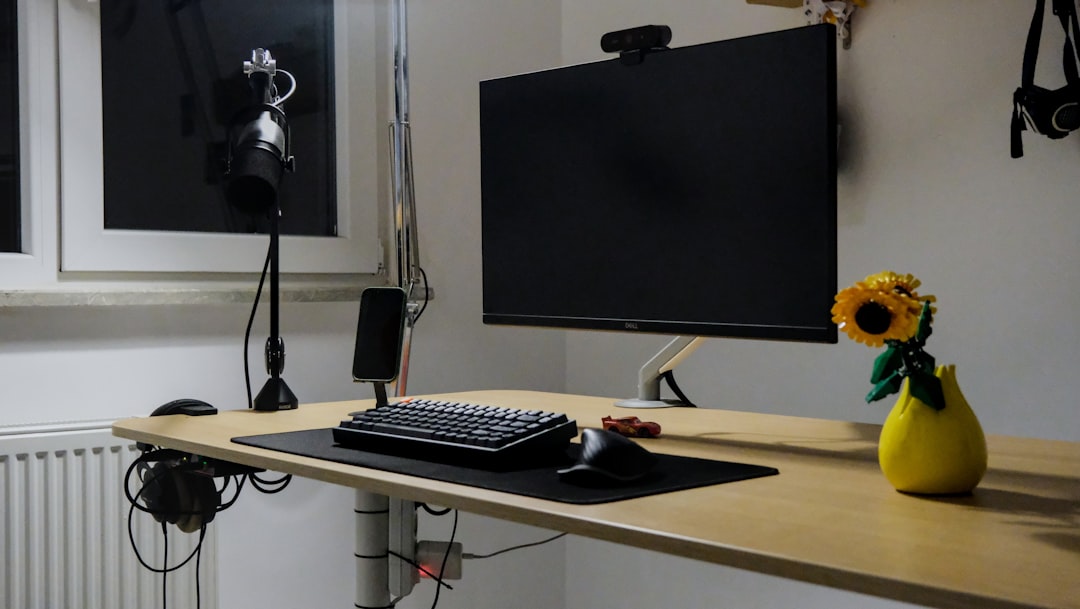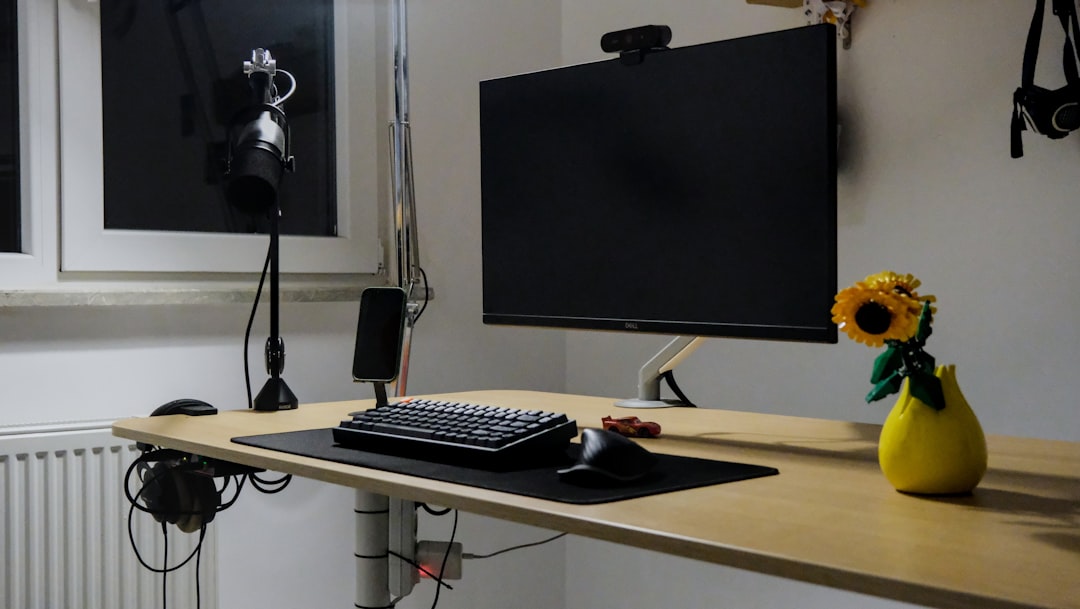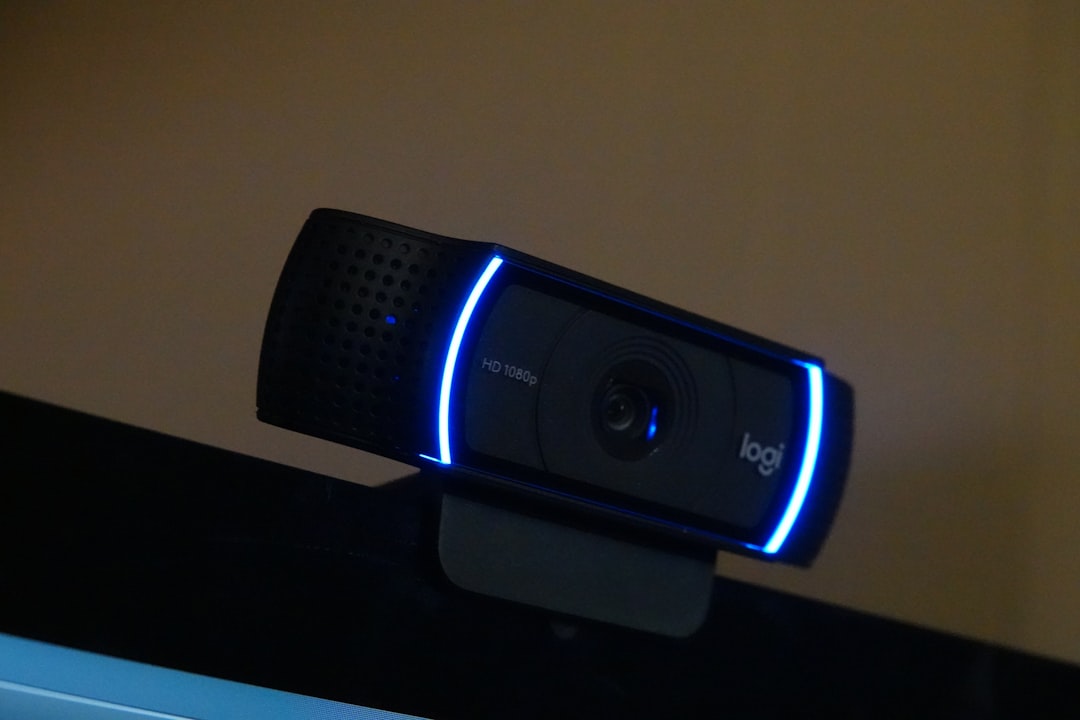As remote work continues to be the norm, virtual meetings have become an essential part of daily life for professionals. From client calls to internal check-ins, clear communication is paramount. While audio quality often takes priority, video clarity is increasingly scrutinized. One technological advancement that has entered the webcam arena is High Dynamic Range (HDR). But the question remains—does HDR truly make a difference during video meetings? Or is it just another buzzword used by webcam manufacturers to lure consumers?
What Is HDR, and How Does It Work?
HDR, or High Dynamic Range, is a technology originally used in photography and television. Its primary function is to improve the range between the brightest whites and the darkest blacks in an image. HDR balances contrast and color saturation to produce a more lifelike and accurate visual representation.
When applied to webcams, HDR works in real time to adjust the exposure of each frame. This is especially helpful in environments where lighting conditions are less than ideal—such as rooms with bright windows or uneven lighting. HDR allows both your face and background to be visible, without either being overexposed or too dark.

The Impact of Lighting in Video Calls
Most webcams struggle when dealing with challenging lighting environments. Harsh overhead lights, natural sunlight through windows, and dim rooms can cause:
- Blown-out highlights
- Shadowed facial features
- Loss of detail
- Inconsistent color temperature
This is where HDR shines—literally. It adjusts lighting in a way that ensures your image appears evenly lit and professional. Inconsistent lighting can make a person look tired, unwell, or even untrustworthy—none of which are desirable in a professional environment.
HDR in Consumer Webcams
Traditionally found in high-end DSLR cameras and premium televisions, HDR is now making its way into consumer webcams. Major brands like Logitech, Razer, and Dell have begun incorporating HDR into flagship webcam models.
But what does this translate to in real-world use? Reviews and user experiences show that HDR-enabled webcams offer clearer visuals with balanced lighting. Whether you’re backlit by a sunny window or operating in a dimly lit home office, HDR helps ensure you’re seen clearly and naturally.
When HDR Matters Most
Not all meetings are created equal. For casual one-on-one chats or internal meetings with your team, perfect lighting may not be a big concern. But in the following scenarios, HDR can make a noticeable difference:
- Client Presentations: First impressions count. A well-lit, professional appearance adds to your credibility.
- Job Interviews: You want to appear polished and attentive. HDR eliminates distractions caused by poor lighting.
- Live Streaming & Webinars: If you’re addressing a larger audience, video quality can impact engagement.
For individuals in fields such as education, consulting, or sales, having a dependable and high-quality visual presence is critical. HDR helps maintain this standard, even in less-than-ideal lighting conditions.
Potential Downsides of HDR
While the advantages of HDR are commendable, it’s worth mentioning that it is not without its trade-offs. These may include:
- Increased CPU Usage: Real-time HDR processing may increase the strain on your computer, especially if you’re using a lower-end system.
- Variable Software Support: Some video conferencing platforms may not fully support HDR, causing inconsistencies in visual output.
- Price Tag: HDR-enabled webcams are generally more expensive than standard models.
These limitations are important to consider, particularly for organizations outfitting large teams or for users on a budget. It’s crucial to evaluate if the benefits align with your actual needs.

HDR vs Non-HDR: Side-by-Side Comparisons
One of the most compelling ways to evaluate HDR is through side-by-side comparisons. In numerous tests conducted by tech reviewers and professionals, HDR-enabled webcams consistently outperform non-HDR counterparts in terms of clarity, contrast, and color accuracy.
For example, a person sitting with their back to a brightly-lit window may appear as a silhouette with a non-HDR webcam. When using an HDR-enabled camera, both their face and the background are visible and balanced, providing a much more pleasant viewing experience for meeting participants.
Tips for Maximizing HDR Benefits
HDR can significantly improve video quality, but it works best under the right conditions. Here are some tips to get the most out of an HDR webcam:
- Position Lighting Strategically: While HDR handles light imbalance well, proper lighting still helps.
- Keep Camera Drivers Updated: Make sure your webcam firmware supports the latest performance enhancements.
- Use Compatible Software: Some versions of Zoom, Teams, or Skype may not process HDR effectively. Test beforehand.
- Avoid Overexposure: Try to limit large light sources in the background to reduce unnecessary contrast balancing.
When used with care, HDR can help turn an average video call into a smoother and more visually pleasing experience.
Is HDR Right for You?
If you frequently participate in high-stakes meetings, job interviews, client presentations, or public-facing webinars, investing in an HDR-enabled webcam makes sense. The improved image quality can positively impact how you’re perceived by others.
On the other hand, if your video calls are short, infrequent, and mostly internal, the added expense and hardware requirements may not justify the upgrade. In those cases, focusing on better lighting and positioning may offer similar benefits at a lower cost.

Conclusion
HDR in webcams isn’t merely a marketing gimmick; it has real-world applications that enhance the video conferencing experience. For users in dynamic lighting conditions or those who require a refined visual presence, HDR can be a valuable addition. While not essential for everyone, it certainly matters for those who prioritize video quality and professionalism during virtual meetings.
FAQs About HDR on Webcams
- What does HDR actually do in a webcam?
HDR dynamically adjusts contrast and exposure in real-time, ensuring well-balanced lighting even in challenging environments. - Will HDR make me look better on video calls?
Yes, HDR helps illuminate your face more evenly and reduces extreme shadows or highlights that can distort your appearance. - Is HDR support available in all conferencing apps?
No, not all platforms support HDR natively. Results may vary depending on the application you use. - Do I need a special screen to see HDR effects?
While an HDR display enhances the output, even on standard screens you’ll notice improvements in lighting and detail with an HDR webcam. - Can I disable HDR if I don’t like it?
Yes, most HDR webcams allow you to toggle the feature on or off through their software settings. - Is HDR worth the higher cost?
It depends on your needs. If video quality is crucial in your profession, the investment is likely worthwhile.
